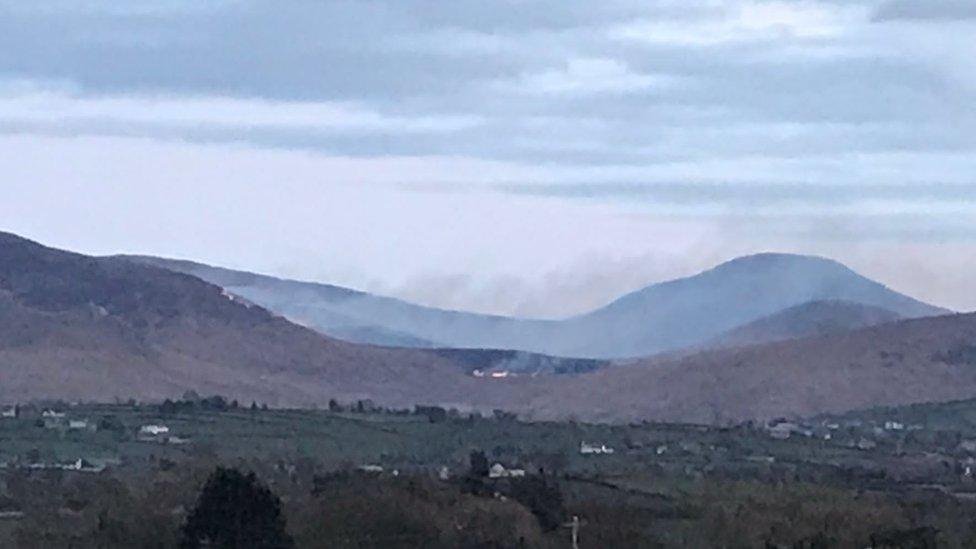Wildfires: Environmental damage 'indescribable', says forestry official
- Published
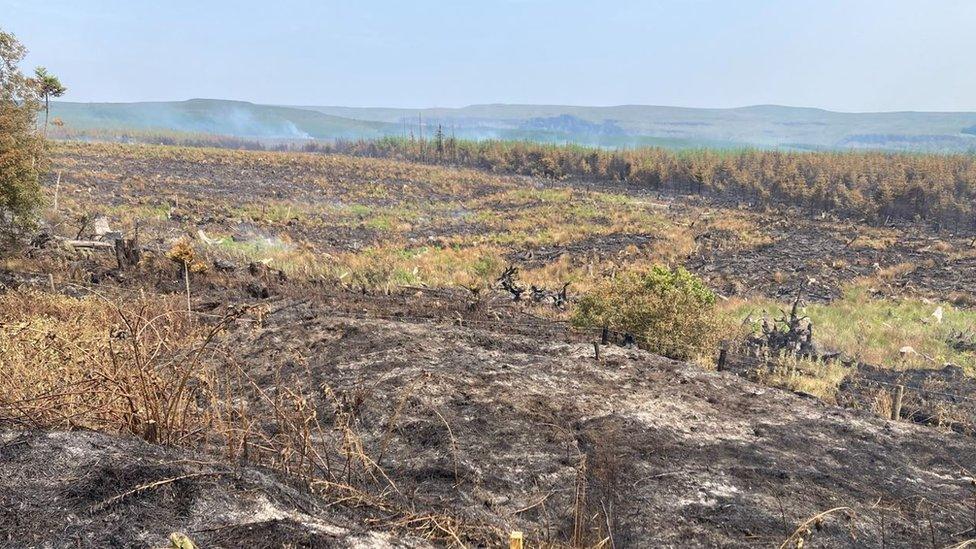
The environmental damage caused by wildfires is "indescribable", a forestry official has said.
A major incident status has ended after three days of tackling gorse fires, the Northern Ireland Fire and Rescue Service (NIFRS) said on Friday.
Since Wednesday, the NIFRS has attended 318 incidents, with 96 of those being wildfire related.
Jim Marshall, Glenariff forest manager at the Forest Service, said the area will take years to recover.
In a statement on Friday evening, the NIFRS said about 60 firefighters remain at the scene of the largest fire at Ballyeamon Road at Glenariff, in County Antrim.
The fire was first reported just before 14:00 BST on Wednesday.
The fire service has resumed normal operational responses across Northern Ireland after a large number of resources were diverted to tackling the wildfires.
Mr Marshall told BBC News NI: "The biggest disaster here is the damage to the environment.
"The biodiversity and the wildlife, both animals and mammals - I think it's indescribable the damage that has been caused at the moment."
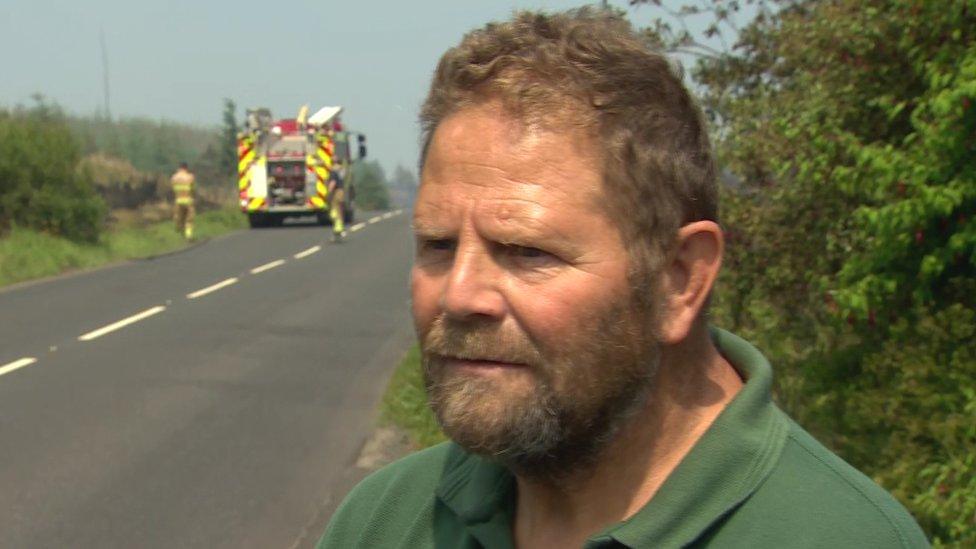
Jim Marshall said the fires have caused extensive environmental damage
He said the area is home to a range of bird species, including a large population of raptors and ground-nesting birds.
"[There are] plenty of rabbits, hares and various things we might not even know about," Mr Marshall added.
Andy Hearn, the interim Chief Fire & Rescue Officer, said: "Our Firefighters have been working in extremely challenging and exhausting conditions during this major incident to bring these wildfires under control."
Among the other agencies responding to the gorse fires, the Irish Air Corps have been assisting, with aircraft dumping water on the blazes.
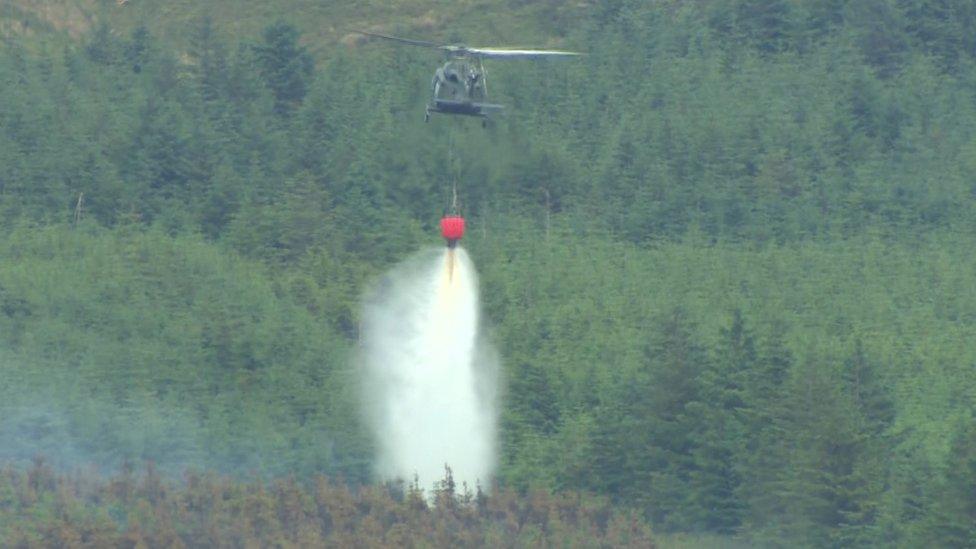
The Irish Air Corps began assisting the NIFRS on Thursday
Archie McKay, a group commander in the NIFRS, told BBC News NI: "I believe we are in the endgame now. At the moment what's happening there are small pockets of fires within areas that have already been burnt.
"What we're doing it monitoring and making sure that none of those areas get close enough to the boundary, [so that] another wouldn't start in an area that has been burnt already."
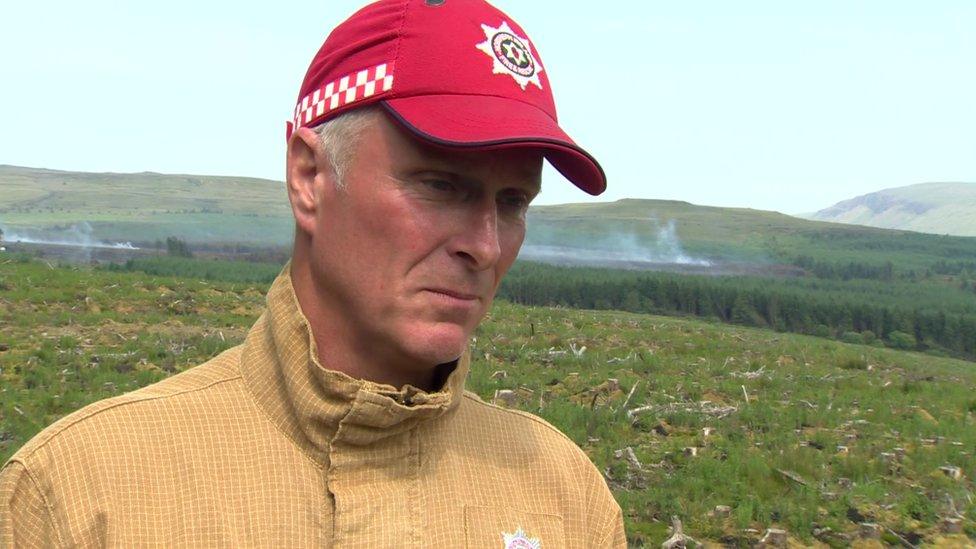
Group commander Archie McKay said crews are monitoring any remaining fires

From the scene: Kevin Sharkey, BBC News NI
We've become used to a familiar sight in the sky here around Glenariff over the past two days - an Irish Defence Forces helicopter ferrying water from a nearby dam.
The Air Corps crew flies in and out, every few minutes, dropping water from the Dungonnell dam on to the path of the fire.
It's role has been game changing. The firefighting teams on the ground believe they are now close to bringing the fire under control.
The endgame appears to be in sight.

Over the last three days, firefighters have tackled blazes across Northern Ireland, including in Clougher, County Tyrone, and and at the Slievenaman Road at Newcastle, in County Down. Both have been extinguished.
Allow X content?
This article contains content provided by X. We ask for your permission before anything is loaded, as they may be using cookies and other technologies. You may want to read X’s cookie policy, external and privacy policy, external before accepting. To view this content choose ‘accept and continue’.
The gorse fires follow a prolonged period of warm and dry weather.
On Tuesday parts of Northern Ireland were officially under heatwave conditions, according to the Met Office.
In Northern Ireland, a heatwave is when temperatures exceed 25C for at least three consecutive days.
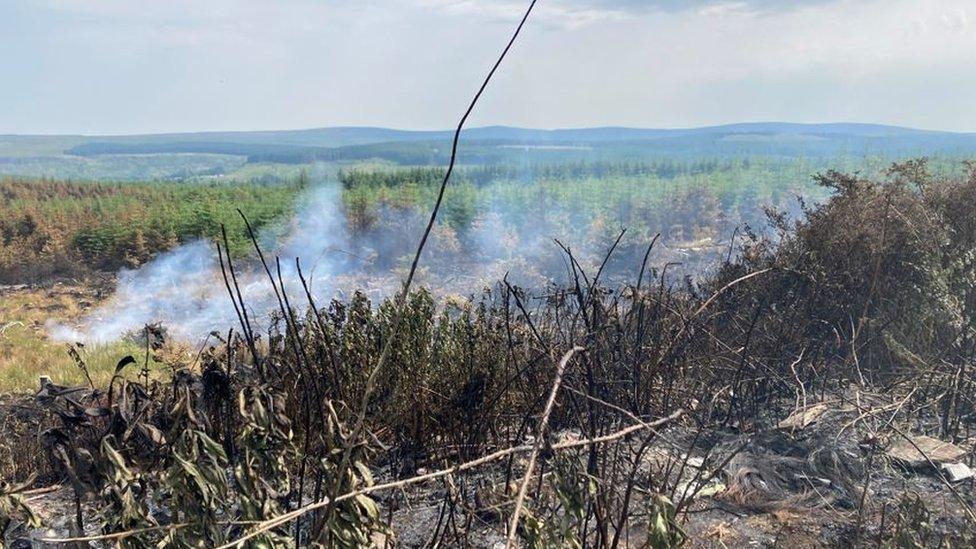
Related topics
- Published15 June 2023
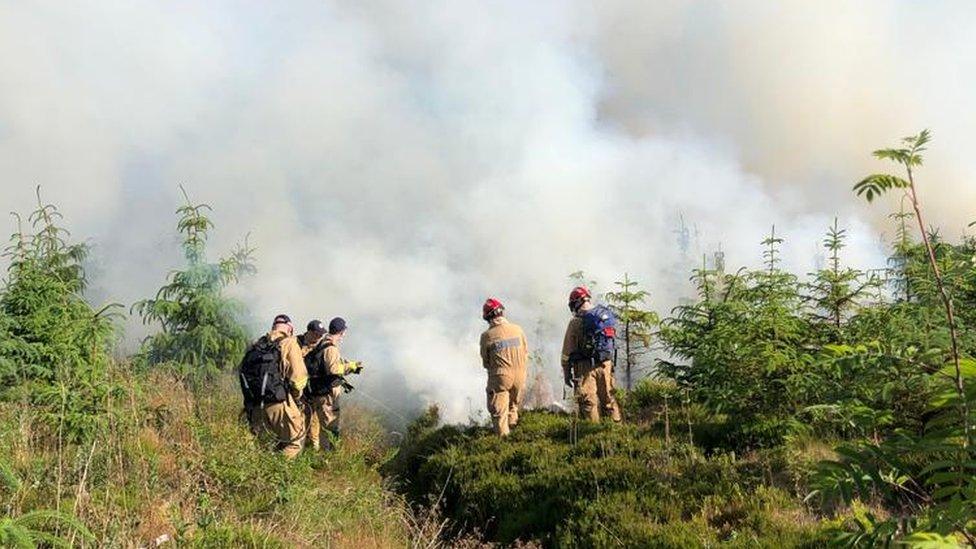
- Published14 June 2023
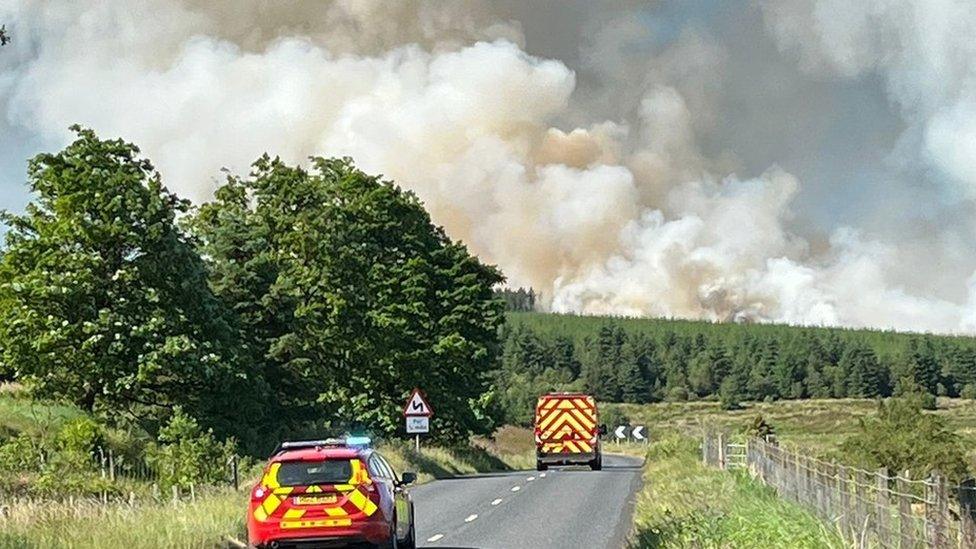
- Published4 June 2023
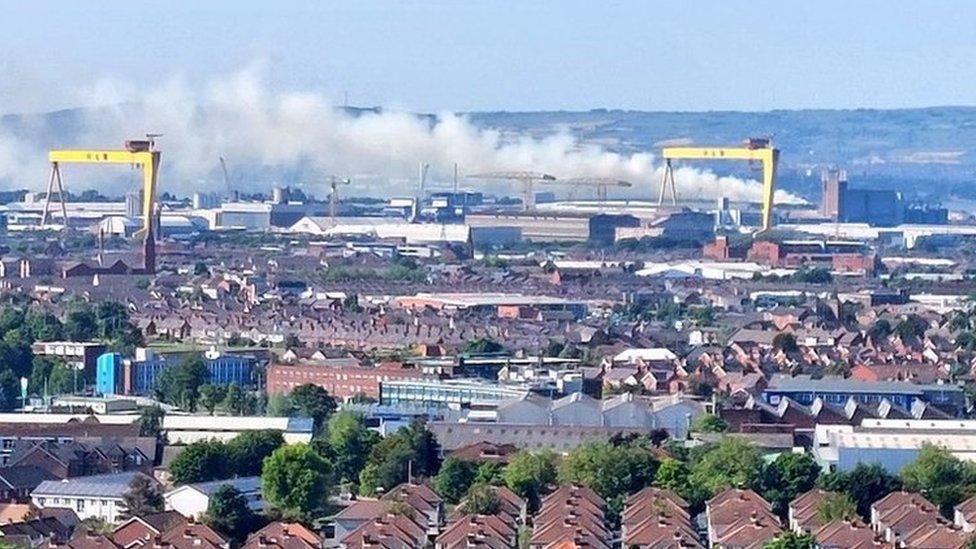
- Published26 March 2023
